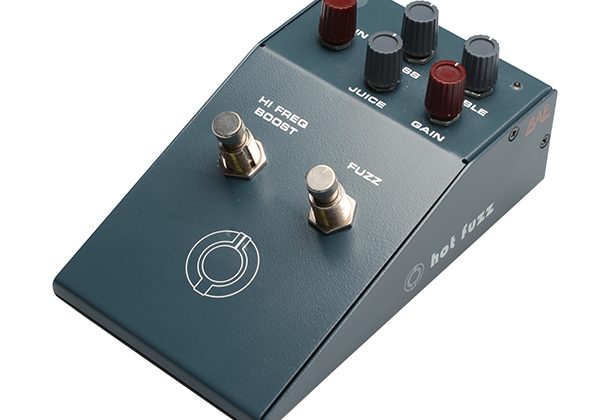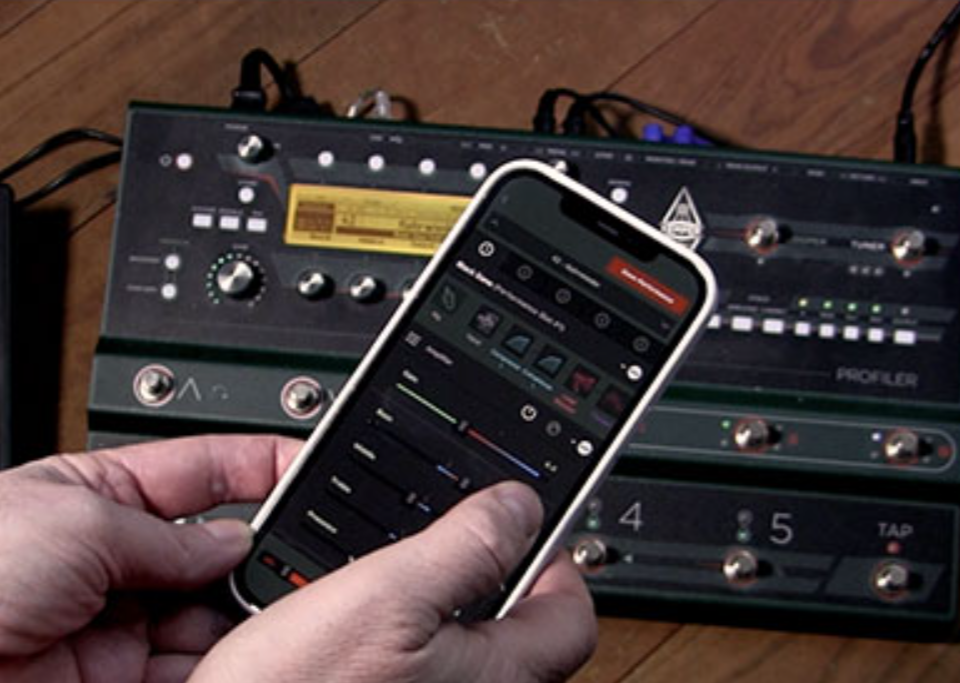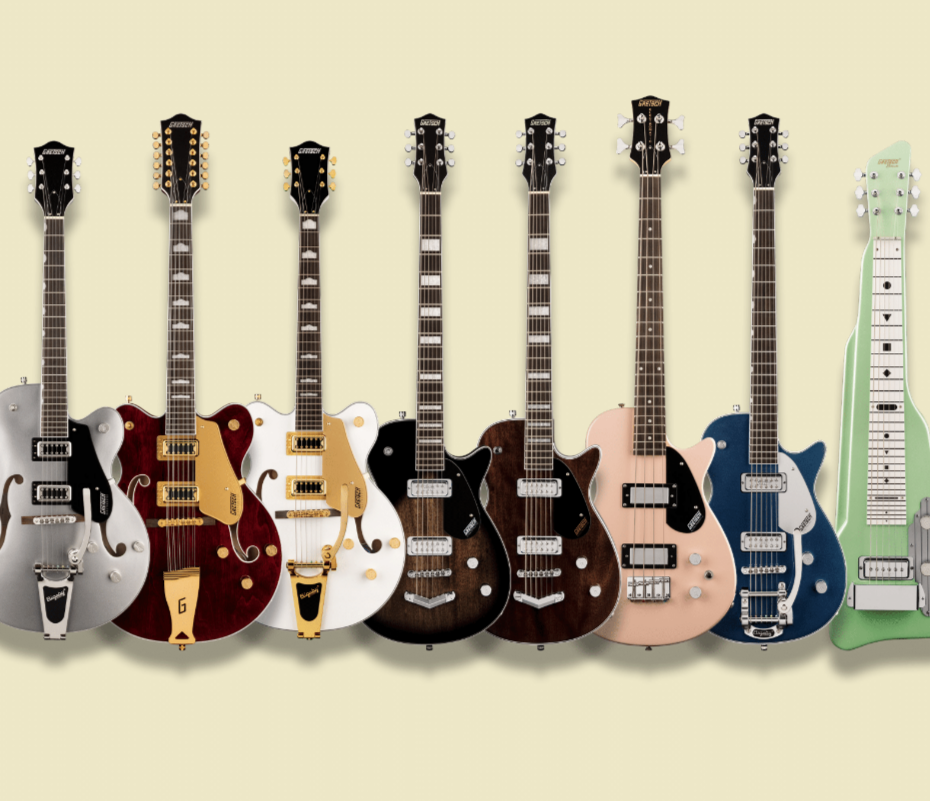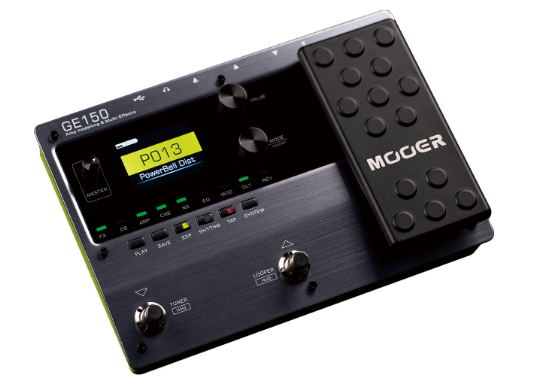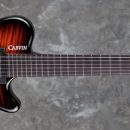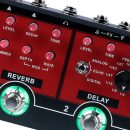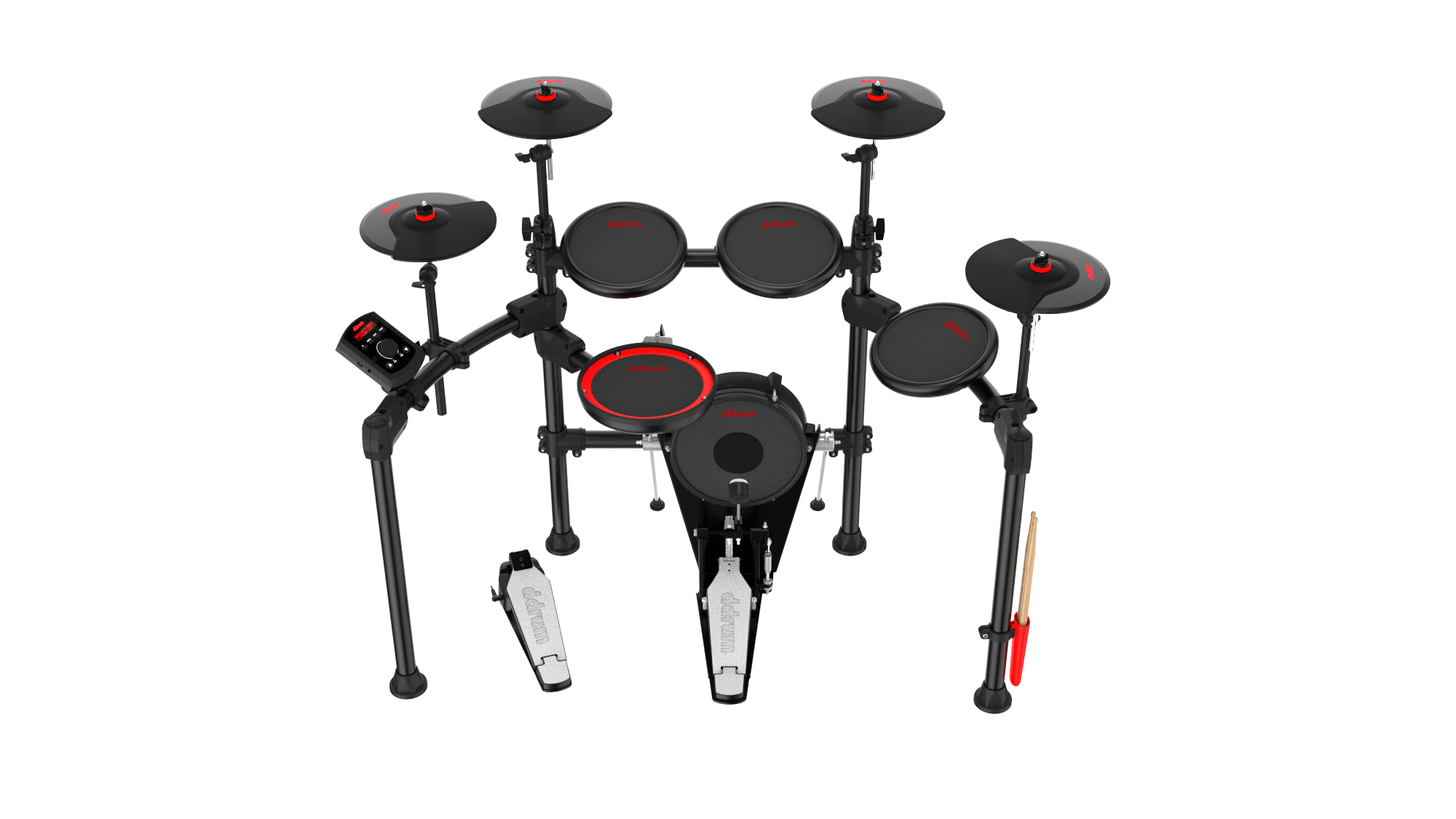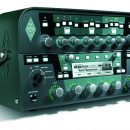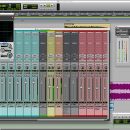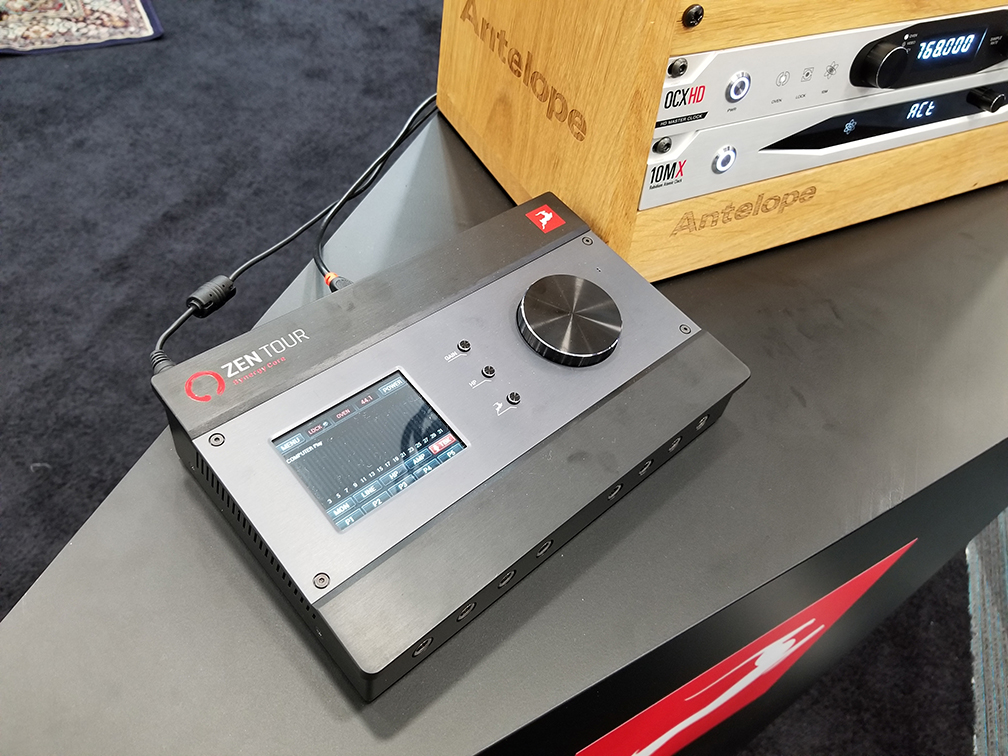 The electric guitar, in all its beauty and intricacy, predates commercial transistors by about two decades. As soon as transistors became a viable option in consumer electronics, one of the first stomp boxes available for guitarists to use wasn’t overdrive, delay or chorus. Glorious fuzz was there to help shape the early tones of rock and roll, used by bands such as The Rolling Stones, The Doors, Iron Butterfly, and the ultimate fuzz endorser, Jimi Hendrix, whose song, “Foxy Lady,” is what comes to mind we think in terms of fuzz: a swirling, squished wall of awesome that helped Hendrix catapult to legendary guitar god status. Naturally, great sounding, vintage gear is increasingly hard to come by and these sounds are quickly fading into history in favor of “cleaner,” more linear, and proper overdrive and distortion tones. But those aren’t the best choice for these vintage tones.
The electric guitar, in all its beauty and intricacy, predates commercial transistors by about two decades. As soon as transistors became a viable option in consumer electronics, one of the first stomp boxes available for guitarists to use wasn’t overdrive, delay or chorus. Glorious fuzz was there to help shape the early tones of rock and roll, used by bands such as The Rolling Stones, The Doors, Iron Butterfly, and the ultimate fuzz endorser, Jimi Hendrix, whose song, “Foxy Lady,” is what comes to mind we think in terms of fuzz: a swirling, squished wall of awesome that helped Hendrix catapult to legendary guitar god status. Naturally, great sounding, vintage gear is increasingly hard to come by and these sounds are quickly fading into history in favor of “cleaner,” more linear, and proper overdrive and distortion tones. But those aren’t the best choice for these vintage tones.
BAE products have been in the arsenal of many notable guitarists including Steve Stevens, Pete Thorn, Steve Vai, and Slash. However, BAE has built its stellar reputation primarily in the studio, thanks to its take on the classic 1073 microphone preamp, arguably one of the best mic preamps for recording guitars (or just about anything at all).
| Category | Value | Rating |
| Features | 20% | |
| Usability | 25% | |
| Sound | 25% | |
| Documentation & Support | 10% | |
| Price | 20% | |
| OVERALL RATING = 3.6 Stars, which earns it a WIHO Award! 3.6 stars or better: Outstanding, WIHO Award 3 stars or better: Worth considering 2 stars or better: Suited to specific needs 1 star or less: Not recommended |
||
New for BAE is its fuzz pedal, the Hot Fuzz. As we already know, the market for pedals is pretty tightly cramped. Does BAE bring something new to the table that serious musicians would want to use on their recordings, and, just as importantly, at their gigs? In short… yes!
Features
BAE is renowned for building fantastic, high-end recording studio gear. As a premium studio gear builder, components are spared no expense. In the Hot Fuzz, an all-analog, solid-state design includes four bipolar, low-noise transistors and carefully selected capacitors. Before going on, however, we must highlight the experience of unboxing the unit and feeling the weight of the all-metal housing of the oversized pedal. Dressed in familiar BAE styling, it looks like a piece of vintage studio equipment right from the start. We knew we were going to be demoing something special right away.
The BAE Hot Fuzz is essentially two pedals working together as one. There are two separate stomp toggle buttons on the face of the pedal. The left switch activates a high-frequency boost, which has a fixed frequency and is assigned a single gain knob. The right switch activates the actual fuzz, controlled by a Gain, Bass, Treble, and aptly named Juice knob. There are LEDs at the upper corners of the pedal to indicate if the corresponding side of the pedal is activated. That’s it for the control panel. Simple, yet very effective.
Mono ¼” in and out jacks as well as a barrel-style, 2.5mm, center negative, 9V power adapter jack sits on the rear of the pedal. You can run from a 9V battery if desired, and the current draw is less than 6mA.
Usability
As a stomp box, analog effects pedal, the Hot Fuzz is not a terribly complicated device to operate. We simply patched the pedal into our “test pedal spot” on our custom Best-Tronics pedalboard, connected to our Voodoo Lab power supply, and the pedal was good to go in our TC Electronic G System’s 4th loop (which places effects in front of our amp’s input). We pulled up a clean patch and were ready to rock!
We’d like to note the BAE Hot Fuzz has a slightly larger footprint than some of the other fuzz pedals on the market, and as such, an overly cramped pedalboard may need to clear some space. 6” x 3.5” isn’t a deal breaker given that the more well known, round, fuzz pedal takes up considerably more room on a pedalboard.
As plug-and-play as the BAE Hot Fuzz appears, getting to know (and love) the fuzz controls takes a little bit of a commitment, as dialing in great sounds isn’t necessarily a given. It was easy to pour on too much of any single control (unless of course too much is the intended result). This is by no means a negative inference; merely a footnote in terms of usability. You can completely miss the mark of what you may be going for if you’re not careful with this pedal.
With some settings, we found that more bass was better tolerated depending upon where the Gain and Juice knobs were set. Spending some extra time getting to know the Hot Fuzz and its control sweeps was well worth the little extra effort.
Sound
The BAE Hot Fuzz was hot indeed! Our first sound test was in one of our home studios, where we had the perfect amp to mate it with. Considering fuzz is typically regarded as a ‘60s- and ‘70s-era tone, what better amp than the Metropoulos Metroplex to tone test with? It delivers a faithful tone reproduction of the ‘66 and ‘68 Marshall Plexi sound, and our BAE Hot Fuzz seemed to have been born to feed precisely into this sound. Dialing only the fuzz section in with all knobs at 12:00, the tone was a radical boost and squish from the solo amp tone. At this setting, the pedal was quieter than anticipated, too.
Pushing the gain in this setting yielded a bit more noise and a bit more aggression, and there was a point of diminishing return. Dialing the gain back a bit and pushing the juice knob gave us more of that fuzz-type compressed tone that we associate with classic fuzz. Pushing either knob past 12:00 was useful, but increased the noise level. Pushing both the Gain and the Juice knobs past high noon resulted in an uncontrollable, beautiful fuzzy mess! We had noise, we had feedback, we had victory, and most of all, we had earplugs, too!
The Bass and Treble knobs during this sound test seemed to be highly reliant on one another. Just like Gain and Juice, you can push one, but pushing both resulted in pushing the fuzz harder, too. Getting a balance (or unbalance, if we wanted) of these four knobs yielded the magic in this fuzz box. Once we mated the fuzz with the amp to our liking and dialed everything in, we absolutely loved this pedal.
More subtle applications proved useful as well. With the Gain and/or Juice knobs below 12:00, the pedal served to not-so-radically change our amp tone, nor the amount of compression. Rather, it gave our lead lines an audible, highly desirable character. Good, dynamic tube gear and a great guitar as a starting point should have good distinction and character between the notes, and the BAE Hot Fuzz served only to enhance this.
Our second and final sound test was at a bar gig with over 100 in attendance. With a few Aerosmith tunes on the set list, we figured this was a perfect time to introduce our audience to some BAE magic. We figured correctly. Using the settings we liked in our first sound test, we used the pedal on more than just a few songs we intended. As an added benefit, the treble boost served as a fantastic, live, sound-cutting tool.
We didn’t care for what this pedal did to our rhythm sound (due to the fact that our amp’s gain was set on the high side, and lower amp gain settings produced more useful results), but for cutting through on lead work, it worked like a charm. Our lead playing felt like it was jumping off the fretboard, almost like an uber-compressed, pissed off, compressor pedal with a bad attitude. Mating this tone with our Eventide H9 auto-wah sound was awesome in its own right, too.
Documentation and Product Support
BAE has a fantastic PDF manual on their website for the Hot Fuzz. Sure, you can just play around with the Hot Fuzz and figure out tones you like, but if you want to really understand what’s going on inside, and how the various controls work in relation to each other, the guitar, and the amplifier, then you’ll appreciate the supplied details as much as we do. Suggested settings and blank templates in the manual were very handy, too.
The pedal is built like a tank, even more so than tanks are, so we’re not worried about longevity here. Drop it on your toe and you’ll be sorry. But if you do need to reach out to BAE, phone support we’ve received in the past for their studio gear has been exemplary.
The standard one-year warranty increases to five years by simply registering products at the BAE website, so be sure to jump on that as soon as you can.
Price
The BAE Hot Fuzz sells for $225, which is on the higher end for a fuzz box. Considering you get the highest quality components, hand-built in the USA, from such a respected company, we feel the BAE Hot Fuzz is worth top consideration in the boutique fuzz category. Although it’s a little pricey, it’s not completely unreasonable. Spare the popcorn at the movies next time out and strongly consider the BAE Hot Fuzz. Your ears and waistline will both be happier for it.
Contact Information
BAE Audio
www.baeaudio.com

